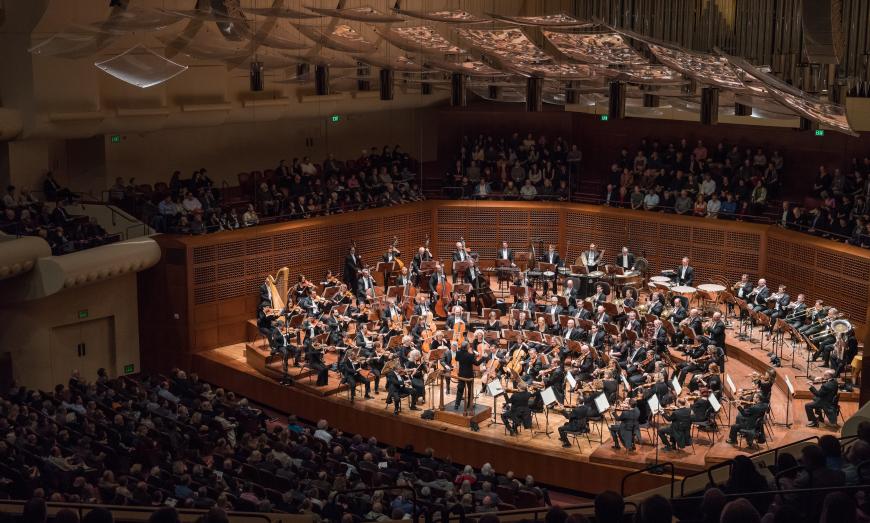
Last week, musicians of the San Francisco Symphony started distributing flyers about working without a contract, also calling attention to the problem on their website and on Facebook:
“We, the musicians of the San Francisco Symphony, have been playing without a contract for months and are the only major American orchestra who have not had their salaries restored to the contractually agreed rates, prior to the contract expiring.
“We made major financial accommodations during the pandemic with the understanding that once the Symphony was back playing for our audiences we would return to our contract rates. The management ran out the clock on the contract and are now demanding that the new contract have cuts to the rates we had agreed to during the COVID emergency, not even our contractual rates.”
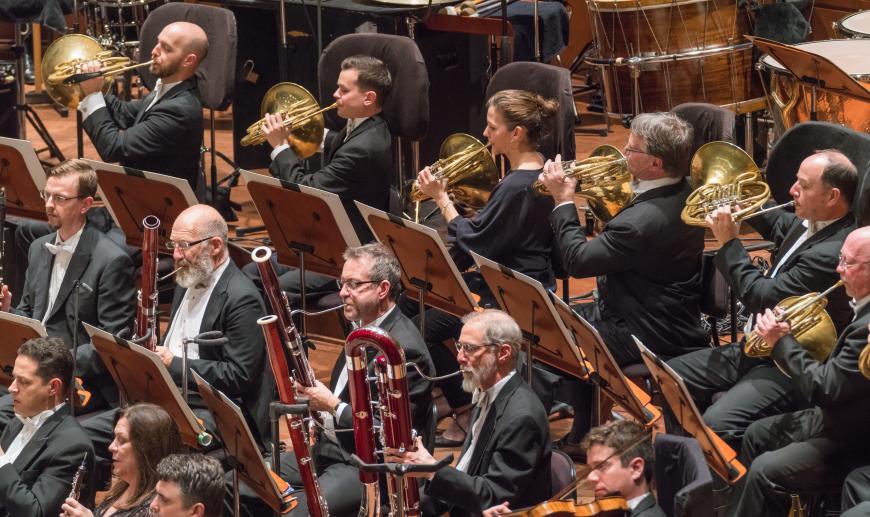
SF Classical Voice asked SF Symphony management for a response and received an email that included this statement:
The current collective bargaining agreement for the musicians of the San Francisco Symphony expired on Nov. 26, 2022. Negotiating sessions with the union representing the musicians have been ongoing since Sept. 15, 2022. Both parties have agreed to continue negotiations while concerts continue beyond the contract expiration date.
Our musicians are the center of our organization and are among the most talented in the world. We are working with the union representing the musicians to develop a fair agreement that recognizes the musicians’ stature as one of the top orchestras in the country and one that does not compromise the future artistic quality or financial sustainability of the institution.
We hope to have an agreement in place soon, and when appropriate, the San Francisco Symphony will release more information. Out of respect for the process, we cannot comment on the status or progress of negotiations.”
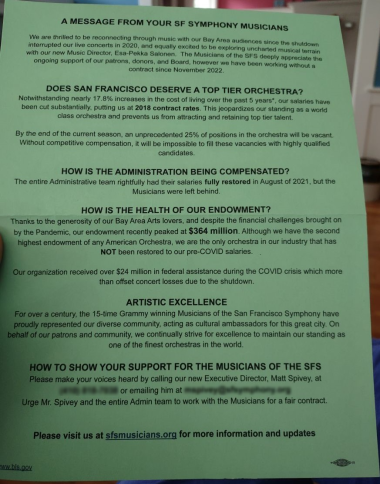
In a comment to SFCV, David Gaudry, head of the musicians’ negotiating committee, wrote on Sunday:
The musicians of the SFS, under the leadership of Michael Tilson Thomas, have been working for years to achieve the highest artistic standards and to craft contract conditions that make us a destination orchestra, one that attracts the most talented artists and where a leader of the stature of Esa-Pekka Salonen has chosen to become our music director.
Unfortunately, what took years to build can be torn down overnight. Since the start of the pandemic, we have given back over $9 million in salary concessions. We have had 17 musicians leave the fold either through retirement or relocation to other orchestras, and that number grows every month. Filling those vacancies gets more challenging each day with the salary cuts management is attempting to impose and the sharp decline in workplace morale.
It is our goal to restore the reputation built over decades under MTT and to allow our new partnership with Maestro Salonen a chance to flourish. An institution of our size with hundreds of millions of dollars has the ability and the responsibility to nurture and preserve its artistic mission. Our management needs to step up and demonstrate that they understand what it takes to maintain a top-tier orchestra.”
With a few exceptions in the second half of the orchestra’s 111 years, the SF Symphony’s (and other orchestras’) collective bargaining has usually come down to a game of chicken in the final clash of strike and lockout threats exchanged until a settlement is reached ... or not. Understandably, both sides refuse to “negotiate in the media,” at least until a strike or contract is reached, so information about specific issues and compensation figures is always difficult to find.
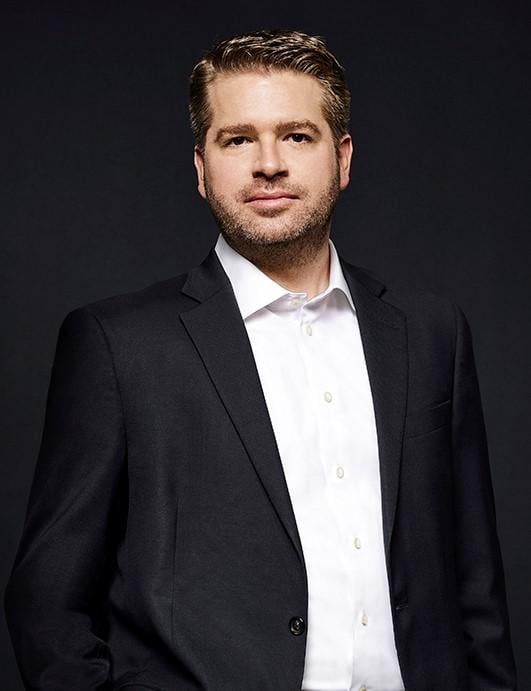
After the devastating nine-week strike/lockout of 1996–1997, resolved with the help of a psychologist in a joint retreat, SF Symphony musicians went on an 18-day strike in 2013, resolved only when then-Executive Director Brent Assink reestablished communications between the administration and musicians, eventually leading to an agreement and subsequent labor peace. Responses to the heated contract negotiations were many and widely divergent.
A Hewlett Foundation-sponsored study has found the following troublesome components in contract negotiations in general: extreme demands followed by small, slow concessions; take-it-or-leave-it offers; personal insults and feather-ruffling; bluffing and puffing; and turning the negotiation into a game of chicken.
The 2020 pandemic shutdown and the following long period of uncertainty and recovery complicated everything, especially contract talks, as SF Classical Voice reported as long ago as last July:
“Negotiations continue in contract talks concerning the players’ labor agreement expiring in November. … A year before the pandemic struck, closing down Davies Hall for months, the musicians approved a four-year collective bargaining agreement ahead of schedule.
“The last contract maintained the Symphony’s position as one of the top paid orchestras in its U.S. weekly base salary, previously $3,200, increased to $3,263 under the new agreement, to increase again to $3,570 in the final six months of the contract. Musicians were to start to share in contributing to health insurance premiums, but retirement benefits were to increase.”
“Base salary” means minimum compensation, with additional, often substantial, payments to musicians in first chairs, endowed positions, and based on agreements on premiums. Salary information for musicians and management as of fiscal year 2019 may be found on Propublica.org or Glassdoor.
But as SFCV wrote in July: “With Davies Hall closed and performances canceled, the orchestra’s financial situation changed drastically, and the contract was revised, in an unprecedented move, in October 2020. Symphony musicians ratified the 25-month contract modification, from Oct. 18, 2020, through Nov. 26, 2022, reducing salaries retroactive to April 2020 and setting regular wages (differently for such premium pay as principal players receive) at 65 percent of the contracted rate from September 2021.
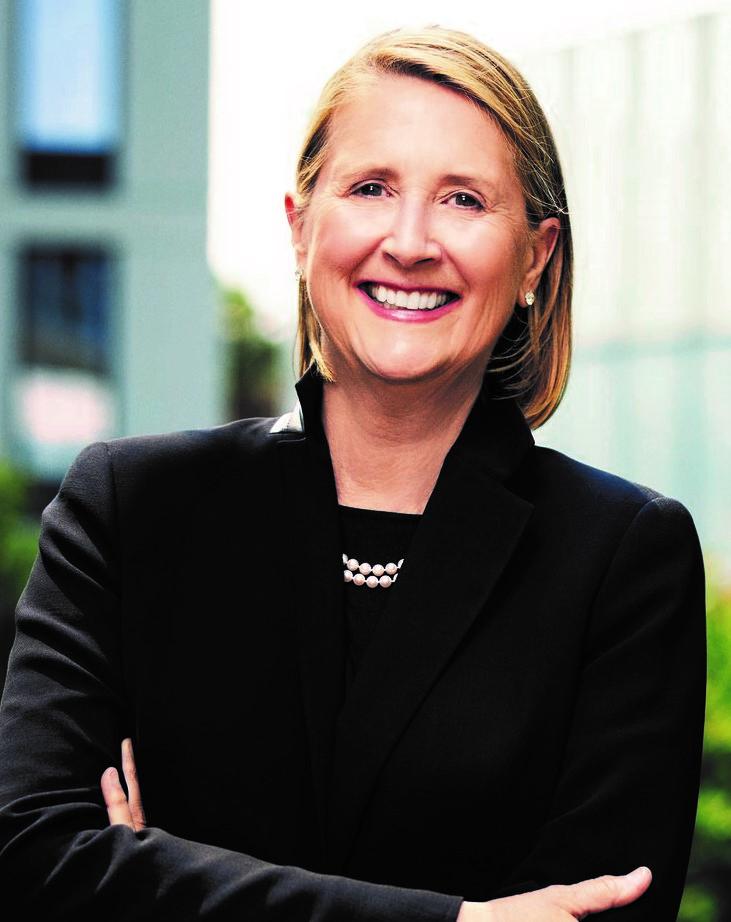
“The Symphony renegotiated all its collective bargaining agreements, reducing compensation during the remaining period of existing respective agreements.
“In fiscal year 2019, the SF Symphony’s revenues were $93.6 million against expenses of $79.7 million. By FY 2020, those figures changed to $65.3 million in revenues, $73.2 million in expenses.”
Then came the pandemic’s big impact: “Preliminary figures for FY 2021 showed total revenues of $29.6 million — one-third of FY 2019 — and expenses of $55.3 million. [Against those losses], in 2020–2021, federal Coronavirus Aid, Relief, and Economic Security Act programs contributed millions of dollars to the Symphony in the Paycheck Protection Program (up to 2½ times the average monthly payroll expenses), the Employee Retention Tax Credit, and others. In PPP alone, SFS received $7.7 million and $2 million in 2020 and 2021, respectively.
“SFS Endowment totals in 2021 were $14.3 million without restrictions and $364.5 million with restrictions.” Apparently, the restricted total is still valid in 2023.
While the collective bargaining agreement for the orchestra with the Local 6, American Federation of Musicians, expired on Nov. 26, 2022, the contract with the American Guild of Musical Artists, covering SF Symphony Chorus members, expires Aug. 31, 2023.
The agreement with the Theatrical Employees Union, Local B18, of the International Alliance of Theatrical Stage Employees and Moving Picture Machine Operators of the United States and Canada, covering ticket service employees and ushers, expires on May 31, 2023.


